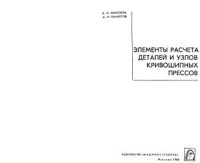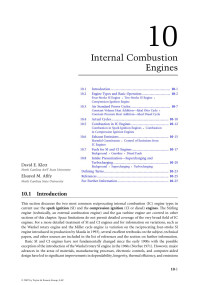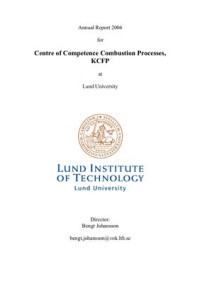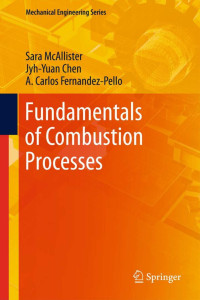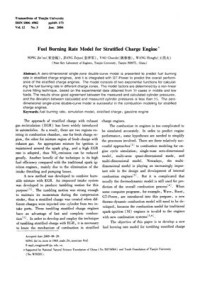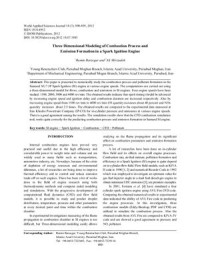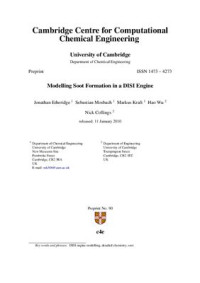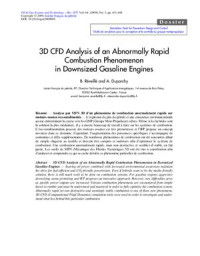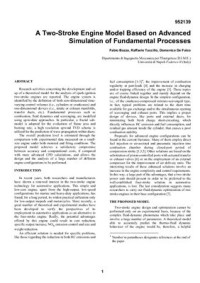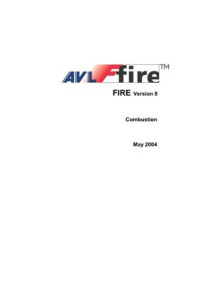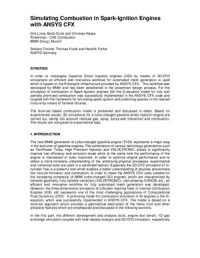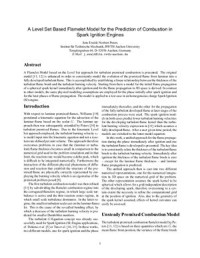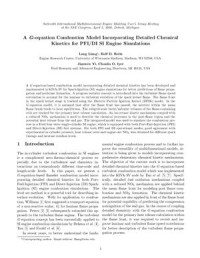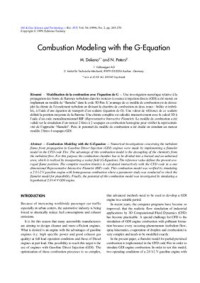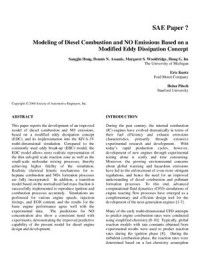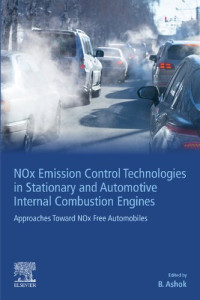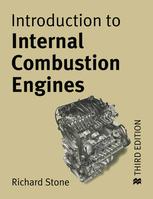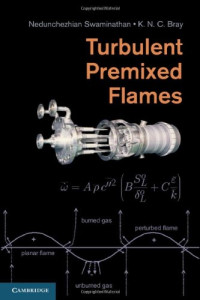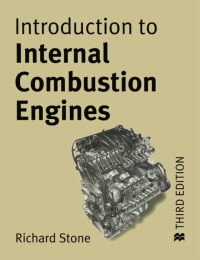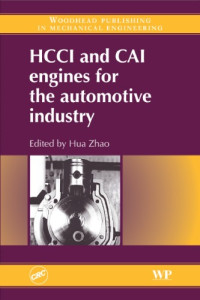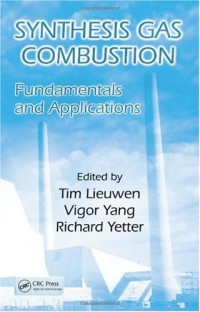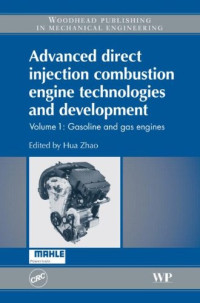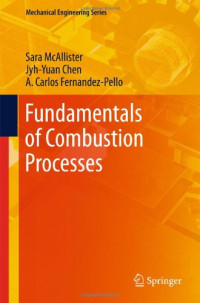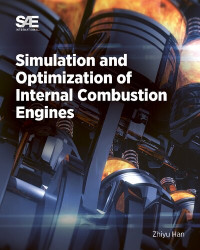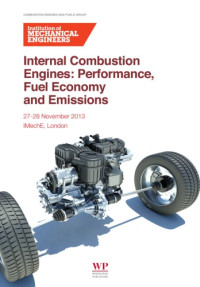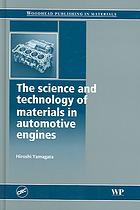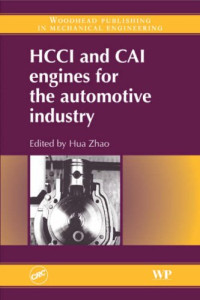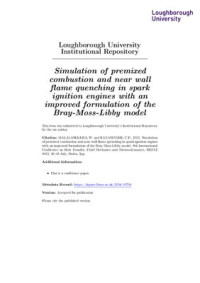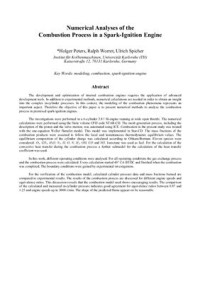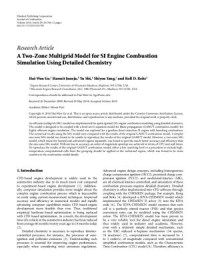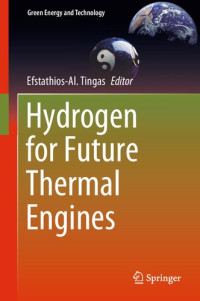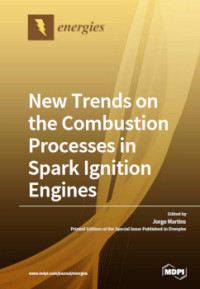
Spark Ignition Engine Combustion Modeling Using a Level Set Method with Detailed Chemistry
Liang Long, Reitz Rolf D.
SAE, World Congress, Detroit, Michigan. 2006. 15 p.Abstract
A level set method (G-equation)-based combustion model incorporating detailed chemical kinetics has been developed and implemented in KIVA-3V for Spark-Ignition (SI) engine simulations for better predictions of fuel oxidation and pollutant formation. Detailed fuel oxidation mechanisms coupled with a reduced NOX mechanism are used to describe the chemical processes. The flame front in the spark kernel stage is tracked using the Discrete Particle Ignition Kernel (DPIK) model. In the G-equation model, it is assumed that after the flame front has passed, the mixture within the mean flame brush tends to local equilibrium. The subgrid-scale burnt/unburnt volumes of the flame containing cells are tracked for the primary heat release calculation. A progress variable concept is introduced into the turbulent flame speed correlation to account for the laminar to turbulent evolution of the spar k kernel flame. To test the model, a homogeneous charge propane SI engine was modeled using a 100-species, 539-reaction propane mechanism, coupled with a reduced 9-reaction NOx mechanism for the chemistry calculations. Good agreement with experimental cylinder pressures and NOx data was obtained as a function of spark timing, engine speed and EGR levels. The model was also applied to a stratified charge two-stroke gasoline engine simulations, and good agreement with measured data was obtained.
A level set method (G-equation)-based combustion model incorporating detailed chemical kinetics has been developed and implemented in KIVA-3V for Spark-Ignition (SI) engine simulations for better predictions of fuel oxidation and pollutant formation. Detailed fuel oxidation mechanisms coupled with a reduced NOX mechanism are used to describe the chemical processes. The flame front in the spark kernel stage is tracked using the Discrete Particle Ignition Kernel (DPIK) model. In the G-equation model, it is assumed that after the flame front has passed, the mixture within the mean flame brush tends to local equilibrium. The subgrid-scale burnt/unburnt volumes of the flame containing cells are tracked for the primary heat release calculation. A progress variable concept is introduced into the turbulent flame speed correlation to account for the laminar to turbulent evolution of the spar k kernel flame. To test the model, a homogeneous charge propane SI engine was modeled using a 100-species, 539-reaction propane mechanism, coupled with a reduced 9-reaction NOx mechanism for the chemistry calculations. Good agreement with experimental cylinder pressures and NOx data was obtained as a function of spark timing, engine speed and EGR levels. The model was also applied to a stratified charge two-stroke gasoline engine simulations, and good agreement with measured data was obtained.
Thể loại:
Ngôn ngữ:
english
ISBN 10:
2000012809
ISBN 13:
9782000012801
File:
PDF, 1.76 MB
IPFS:
,
english0
 Amazon
Amazon  Barnes & Noble
Barnes & Noble  Bookshop.org
Bookshop.org  Chuyển đổi tập tin
Chuyển đổi tập tin Các kết quả tìm kiếm tiếp theo
Các kết quả tìm kiếm tiếp theo Các lợi ích khác
Các lợi ích khác 